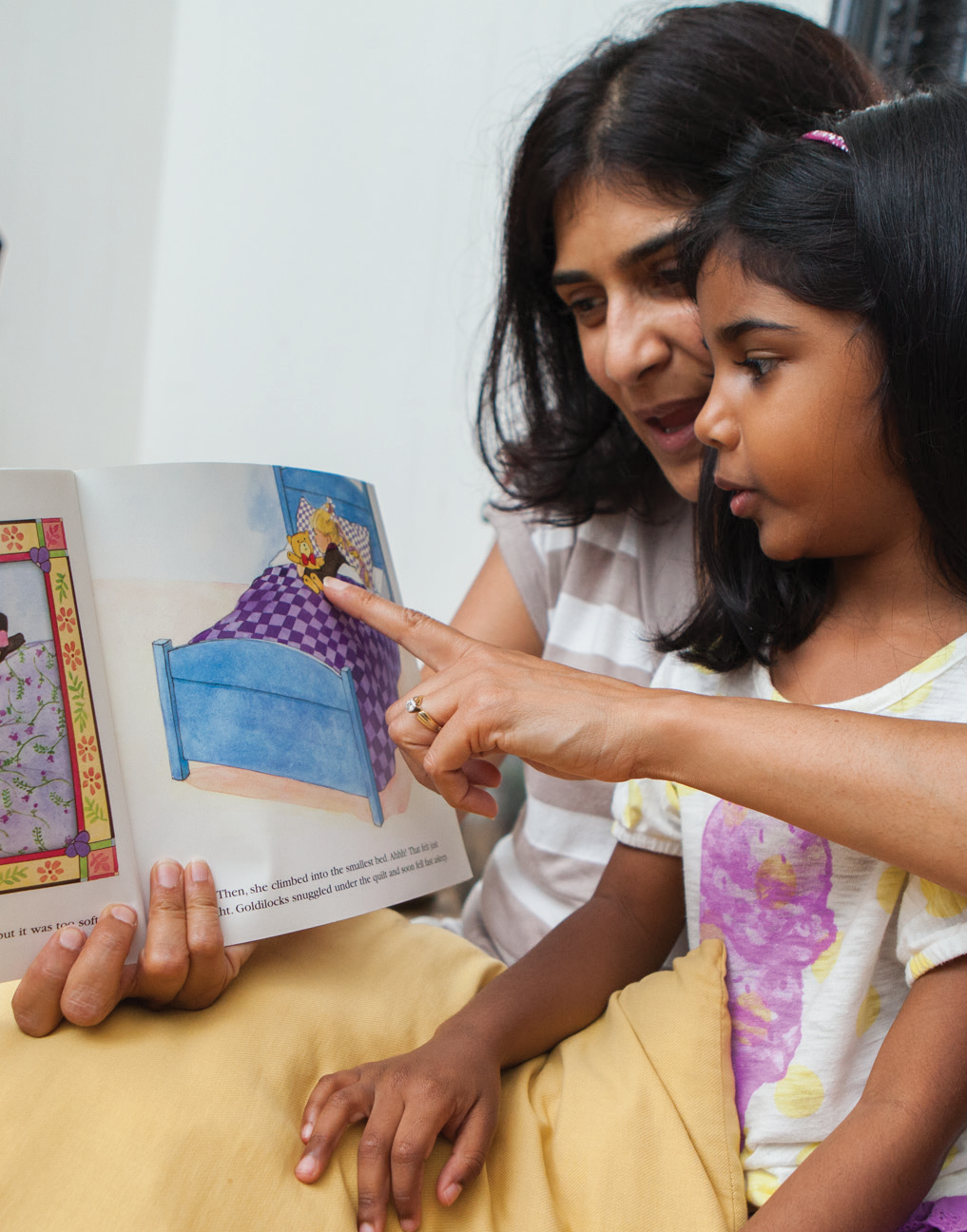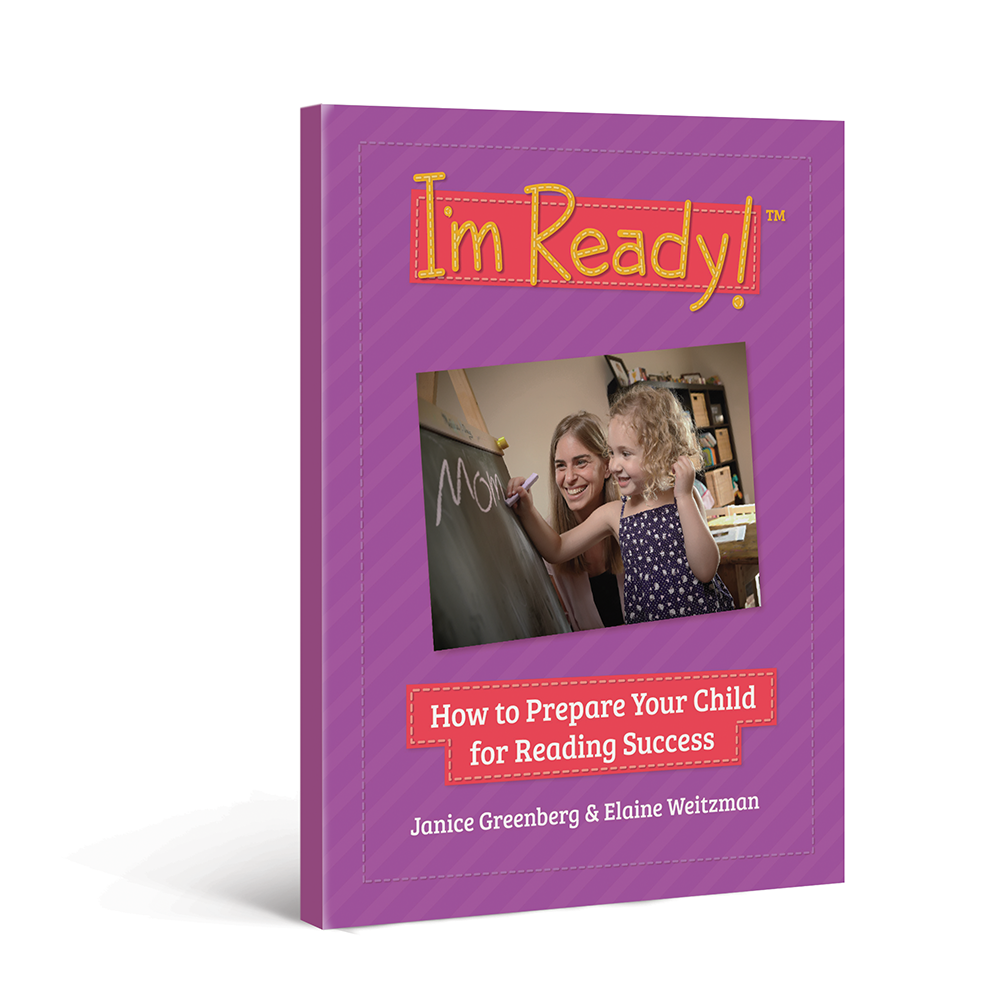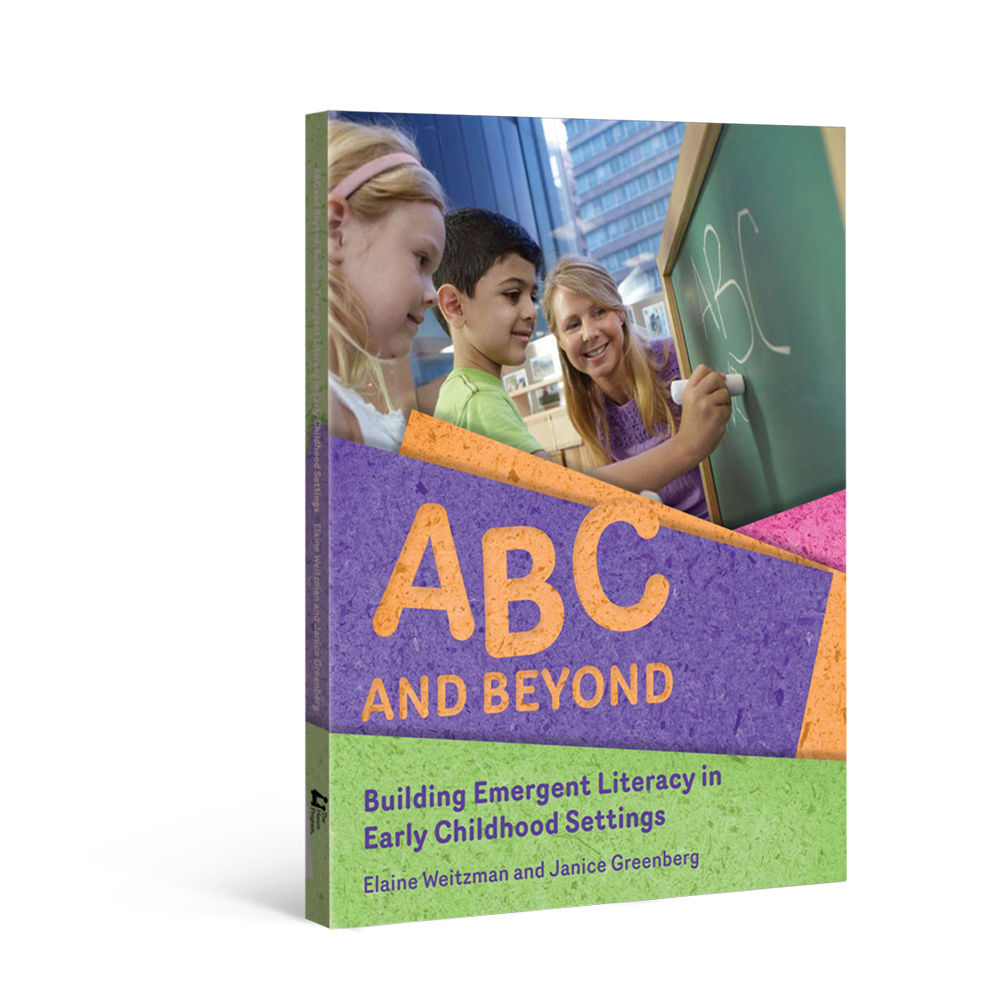How Do Language Skills Support Children’s Mental Health?

You might have heard that your child’s language skills are important for the development of many other skills, like reading, writing, and social skills, as well as for their for their academic success. But did you know that language skills also support your child’s mental health?
Researchers have been studying the relationship between language and mental health, and discovered that having strong language skills supports children’s ability to:
- recognize emotions in themselves and others
- talk about emotions
- use strategies to help regulate their emotions, such as imagining how they might feel about a situation in the future in order to feel
better about it in the present [1, 2, 3]
An important way that children learn about emotions and develop the language skills that support their mental health is during conversations with their parents [2]. These conversations include a special kind of language that lets us talk beyond the here-and-now.
Talking beyond the here-and-now
Talking about things beyond the here-and-now involves talking about things children can’t see, touch, or experience right away. It includes talking about our feelings, predicting what might happen in the future, talking about past events, making connections between new experiences and past ones, providing explanations, and solving problems. This kind of language allows
us to think about situations in new and flexible ways, and it is the type of language often
used at school.
Once your child is communicating with sentences, they are ready to hear this kind of language. They may not be able to use this type of talk themselves at first, but you will build their understanding over time if you use this type of language to talk about things that interest your child.
Talking beyond the here-and-now
Talking about ideas beyond the here-and-now builds your child’s understanding of the language needed to support their mental health [1]. It stretches your child’s thinking and builds their understanding of their everyday experiences. It helps them build resilience as they start to draw on past experiences to understand new ones, and they start to see things from different perspectives. This type of talk also provides your child with ways to understand and talk about their own emotions and others’ feelings.
How to talk beyond the here-and-now
Click each box below to see an example of how to talk beyond the here-and-now
Provide explanations about how & why things happen (e.g., "We need to leave now because your brother isn't feeling well.")
Make connections between new experiences and your child's past experiences and knowledge (e.g., "We're going to take the bus to visit Aunt Sophie. Remember when we took the bus to Ottawa last year?")
Help your child predict what might happen in certain situations (e.g., "I wonder what activities they'll have at the birthday party.")
Brainstorm possible solutions to problems with your child (e.g., "Hmmm....our tower keeps falling down. How can we make it stronger so it doesn't fall down?")
Talk about how your child feels and how others feel (e.g., "I'm feeling a little sad today because I miss grandma.")
Help your child put themselves in someone else's shoes (e.g., "I think that boy is upset because the other boy took his toy.")
A great time to talk beyond the here-and-now is while looking at books with your child. The story and pictures provide lots of opportunities to use this kind of language.
Imagine you're reading Goldilocks and the Three Bears with your child. Here are some ways you can use questions and comments about the story to talk beyond the here-and-now.

Give explanations
I think Baby Bear’s chair broke because Goldilocks is too heavy for that small chair.
Make Connections
Have you ever eaten something that was too hot? What happened?
Solve Problems Together
I think it would be a good idea if Goldilocks went back and apologized to the bears.
Make Predictions
I wonder what will happen when the bears come home and see Goldilocks sleeping?
Talk about feelings
Goldilocks must have been surprised when she woke up and saw the three bears!
Talk about different perspectives
If I woke up and saw some bears, I would be terrified! How about you?
You can use language beyond the here-and-now during many of your everyday routines and activities. For example:
- When problems naturally arise during the day, use them as opportunities to problem-solve with your child (e.g., “Uh oh, we don’t have any bread. What else could we use to make a sandwich?”)
- Before going to a new activity or place, make some predictions about what might happen (e.g., “I wonder if there will be a trampoline at the indoor playground.”)
- When your child experiences emotions, talk about what your child is feeling and why they feel that way (e.g., “It looks like you’re excited to go on our trip!” or “It’s so disappointing that your new truck is broken”)
Hearing language that expresses feelings and perspectives, and helping your child solve problems and predict different outcomes builds their ability to understand emotions and think about situations in different ways. This will support your child’s mental health as they continue to grow in both their language skills and their emotional development.
The ideas in this article about talking beyond the here-and-now come from two of our two literacy guidebooks:
For Parents I'm Ready! guidebook
I'm Ready! guidebook
For Educators ABC and Beyond guidebook
ABC and Beyond guidebook
Similar articles by tag:
Language Development | Emotional Regulation | E's and P's | Emotions | Mental Health
